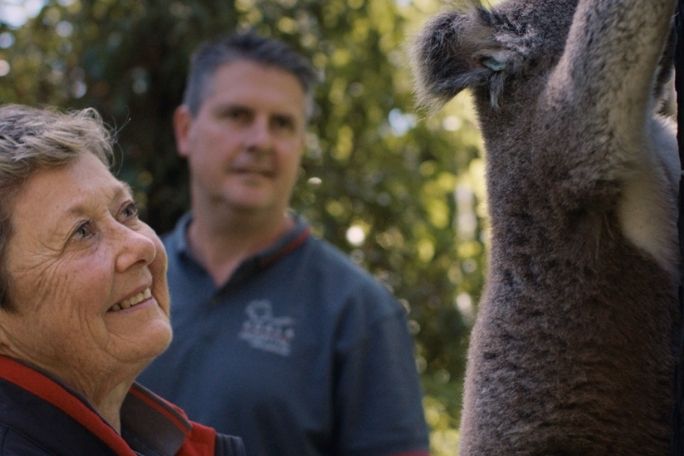Lesson summary
In this English lesson, students will work together to establish a shared definition of hope before exploring a range of different individuals and groups who have evoked hope in a range of ways. Through their research, students develop an understanding of the power of hope to rebuild a community, create social impact, or create a more resilient country. The class are encouraged to have group conversations and articulate their personal understanding of hope within the given context.
Learning intentions:
Students will...
- understand the importance hope has in a resilient community.
Success criteria:
Students can...
- establish a definition of hope
- identify where hope is represented in texts
- acknowledge the power of hope in a resilient community
- have group conversations and articulate their personal understanding of hope within the given context.
Lesson guides and printables
Lesson details
Curriculum mapping
Australian Curriculum content descriptions:
Years 7 English:
- Compare the ways that language and images are used to create a character, and to influence emotions and opinions in different types of texts (ACELT1621).
Year 8 English:
- Recognise and explain differing viewpoints about the world, cultures, individual people and concerns represented in texts (ACELT1807).
Syllabus outcomes: EN4-8D.
General capabilities: Literacy, Intercultural Understanding.
Cross-curriculum priority: Sustainability.
Relevant parts of Year 7 achievement standards:
Students explain issues and ideas from a variety of sources, analysing supporting evidence and implied meaning. They select specific details from texts to develop their own response, recognising that texts reflect different viewpoints. They listen for and explain different perspectives in texts.
Relevant parts of Year 8 achievement standards:
Students select evidence from the text to show how events, situations and people can be represented from different viewpoints. They listen for and identify different emphases in texts, using that understanding to elaborate on discussions.
Unit of work: Minderoo Fire and Flood
Level of teacher scaffolding: Medium – the teacher must facilitate class discussion.
Resources required
- Student Worksheets – one copy per student
- Students require access to devices, to complete research online via the curated list of websites
- Whiteboard to collate class discussion
Skills
This lesson is designed to build students’ competencies in the following skills:
- Communication
- Community engagement
- Creativity
- Critical thinking
- Cultural understanding
- Empathy
- Collaboration
Additional info
We encourage you to undertake the free PD Course How to teach a unit on fire and flood resilience for tips on how to best deliver this lesson.
If you’re concerned about the challenging nature of these topics, consider the free PD Course How to approach trauma in the classroom for information on how best to support your students.
This lesson was made in partnership with
Minderoo Foundation (www.minderoo.org)


Welcome back!
Don't have an account yet?
Log in with:
By signing up to Cool.org you consent and agree to Cool's privacy policy to
store, manage and process your personal information. To read more, please see
our privacy policy here(Opens in new tab).
Create your free Cool.org account.
Many of our resources are free, with an option to upgrade to Cool+ for premium content.
Already have an account?
Sign up with:
By signing up to Cool.org you consent and agree to Cool's privacy policy to
store, manage and process your personal information. To read more, please see
our privacy policy here(Opens in new tab).